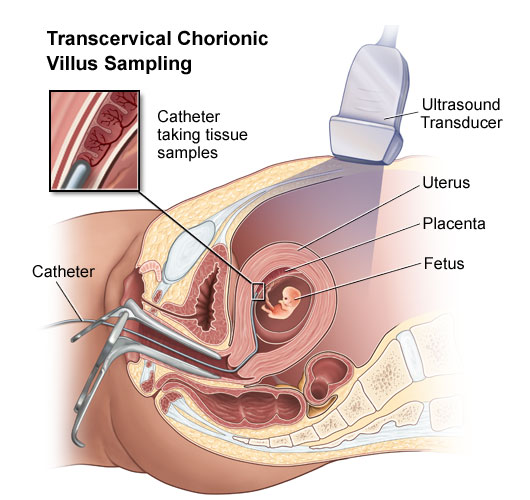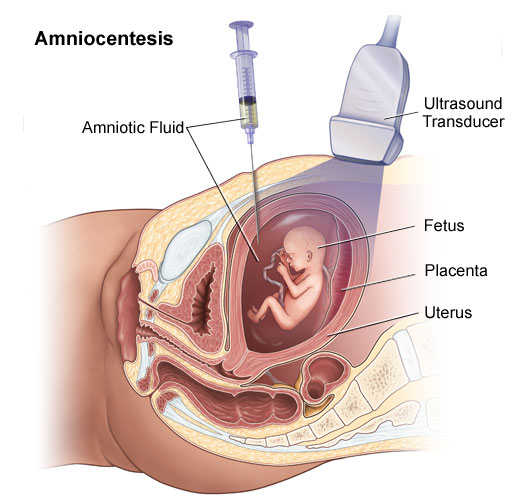It's The Placenta!
"The missing link between complications during pregnancy and development of the fetal brain has been hiding in plain sight for a long time. It's the placenta."
"For the first time, we have found an explanation for the connection between early life complications, genetic risk, and their impact on mental illness and it all converges on the placenta."
"We suggested that placentas of male fetuses seem to be more susceptible at a genetic level. The same story is going to be there for autism, A.D.H.D. and other developmental behavioral problems."
"The surprising results of this study make the placenta the centerpiece of a new realm of biological investigation related to how genes and the environment interact to alter the trajectory of human brain development."
Dr. Daniel R. Weinberger, director, Lieber Institute for Brain Development, Baltimore, Maryland
"Knowing that this starts early in the first trimester, could we then intervene in the first trimester -- identify early, intervene early and prevent the complication?"
Dr. Alfred Z. Abulhamad, specialist, Eastern Virginia Medical School
 |
| Credit: Flickr/evilpeacock |
Three significant studies have recently been published related to the placenta; one with a detailed analysis of all genes expressed or converted into functioning proteins in the placenta; another relates to experiments meant to silence that expression when it is the cause of problems; and the third saw researchers creating mini-placentas, three-dimensional clusters of cells to mimic the real thing in the lab which can then be useful as study models.
Several teams of researchers demonstrated new methods to enable the placenta to be studied in real time, at a recent meeting of the Human Placenta Project in Maryland. Representing work that could be of assistance to doctors diagnosing pregnancy complications, including pre-eclampsia (a type of high blood pressure) and fetal growth restrictions at an early enough date to make intervention efficiently feasible. It may also reveal why it is that boys are significantly more susceptible than are girls to disorders of brain development.
Turette's Syndrome, schizophrenia, autism and attention deficit hyperactivity disorder (A.D.H.D.) all are traced to something going seriously awry in the placenta, impacting largely on male fetuses. The placenta develops during pregnancy from a few cells into an organ that weighs roughly a half kilogram, 90 percent constructed of cells derived not from the mother but from the fetus itself.
Director of the University of Maryland's Center for Epigenetic Research in Child Health and Brain Development, Tracy Bale has discovered the placenta of a male fetus is more vulnerable to external stress than is the placenta of a female fetus, a vulnerability that may transfer to the embryo. Typically, male fetuses are larger than those of females, but higher rates of spontaneous abortions also ensue along with still-birth, premature birth and neurodevelopmental conditions.
According to an analysis found in the journal Biology of Sex Differences, during the first trimester, 58 genes are expressed differently in male fetuses than they are in female fetuses. Dr. Weinberger's team examined genes implicated in schizophrenia to discover that many of these genes are expressed in the fetal placenta, activated at even higher levels when the pregnancy is under stress where the effect becomes more dramatic in male fetuses than in females.
M.R.I., magnetic resonance imaging scans appear the first choice as the most sensitive detectors of problems as far as some scientists are concerned, useful in measuring oxygen levels in blood to catch emerging problems as early as the second trimester. Dr. Abuhamad, however, at Eastern Virginia Medical School points out that M.R.I.s typically are not used in obstetricians' offices, in comparison with the more common use of ultrasound machines.
 |
At the same time other research teams focus on identifying particles which the placenta may release into the bloodstream since that could lead to a simple blood test to diagnose problems. Another group of researchers is in the stages of developing a device to quantify the light reflected back through layers of fat as a measure of blood oxygen.
Looking into the future, pregnant women may be encouraged to see their doctors frequently throughout the first trimester when placental screening identifies a problem, for the obvious enough urgency of early intervention and prevention of complications.
 |
| Stanford Childeren's Hospital |
Labels: Bioscience, Medicine Child Welfare

0 Comments:
Post a Comment
<< Home